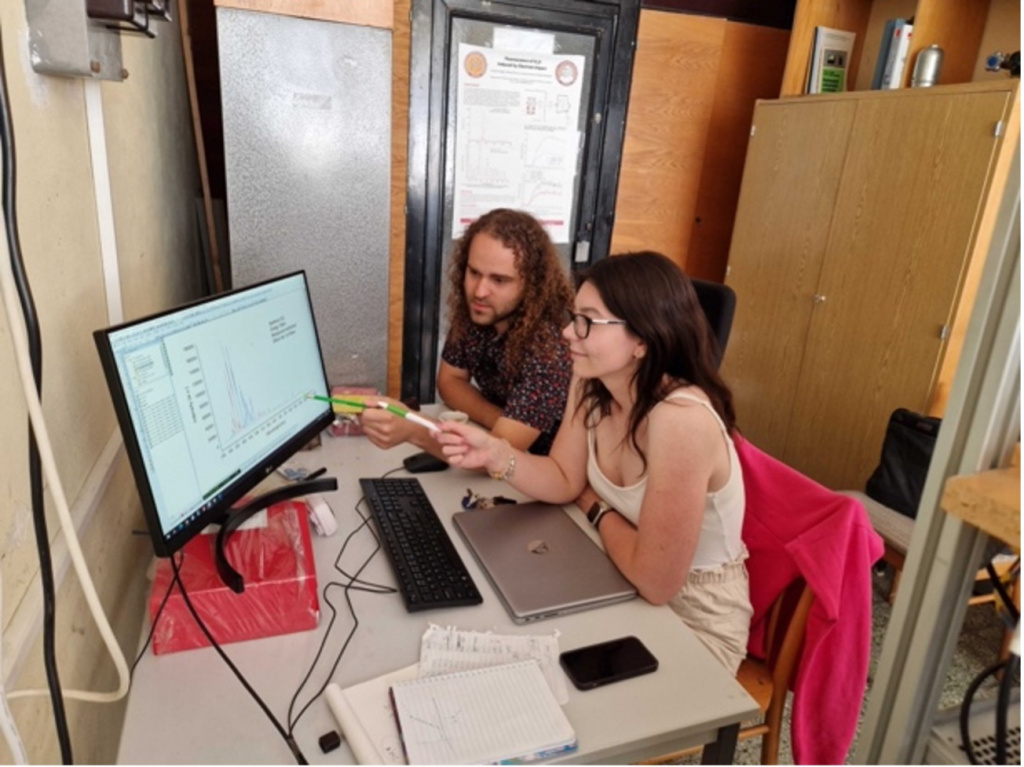22-EPN3-107: Characterising the electron-impact-induced emission of CS2 to constrain sulfur abundances in cometary and planetary atmospheres
Visit by Steven Bromley, Auburn University (USA), to TA2 Facility 13 – Electron Induced Fluorescence Laboratory (Slovakia).
Dates of visit: 08 – 19 May 2023
The main goals of the 2023 visit were to study the electron impact emission cross sections, spectral features, and dissociation thresholds of CS2 gas. The products of CS2 – atomic sulfur and its ions, CS, excited CS2, and CS2+ – make CS2 a rich target of inquiry. Further, the products CS and atomic S are routinely observed in near-nucleus observations of comets (see e.g. discussion in Noonan et al. 2023). Measurements of sulfur abundances in comets show discrepancies between remote and in-situ observations, and improved electron-impact data for CS2 may help resolve this discrepancy. The present experiments are part of a long-term campaign to understand diagnostic electron-impact driven emission and ionization of diatomic/polyatomic molecules in cometary atmospheres. We expect these data will provide valuable insights in one of our ongoing projects to investigate sulfur abundances through analyses of 100+ archived comet observations. In the first week of our visit to the EIF lab, we measured the electron-impact spectrum of CS2 gas at various electron energies between 0 – 100 eV, with energies chosen based on known thresholds for CS, CS2+, and atomic fragment production. During this time, we also began developing an emission model for CS in order to simplify the future analyses of these data. In the second week of the visit, higher-resolution spectra and several cross sections were measured in order to begin comparisons to existing literature. We also identified, for the first time, the emissions of atomic fragments (S I, S II) in the near-infrared red-ward of 600 nm.


